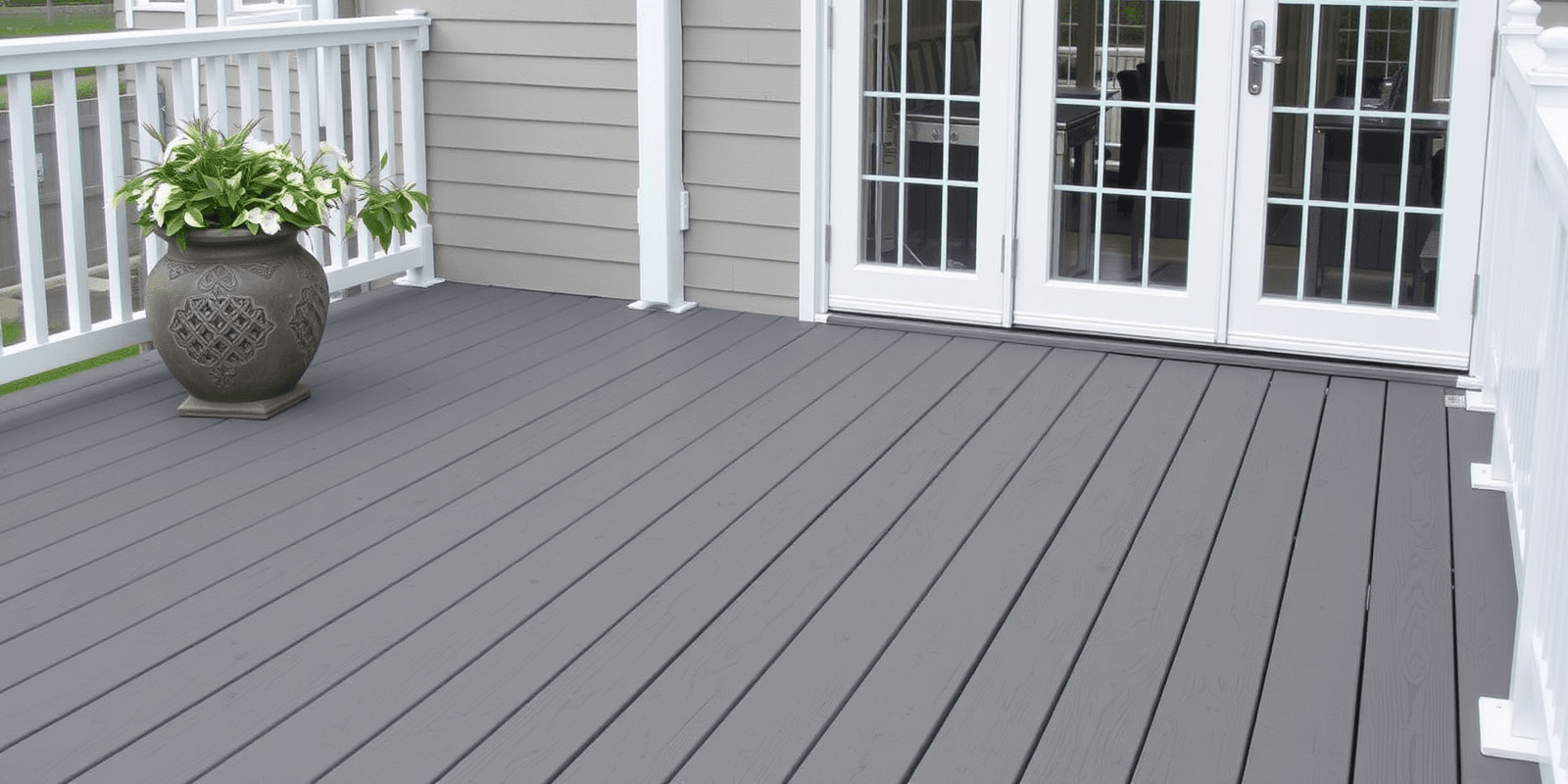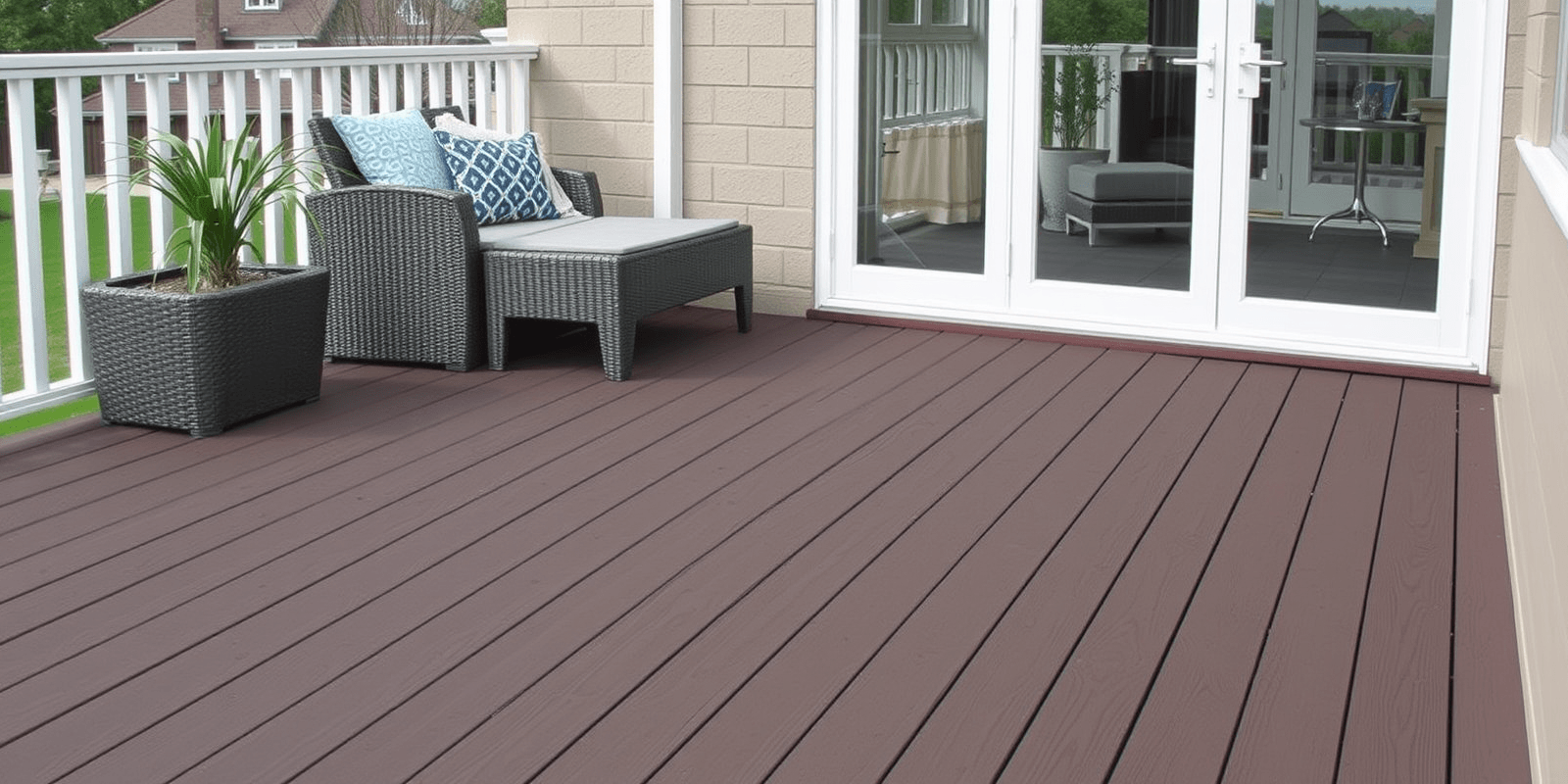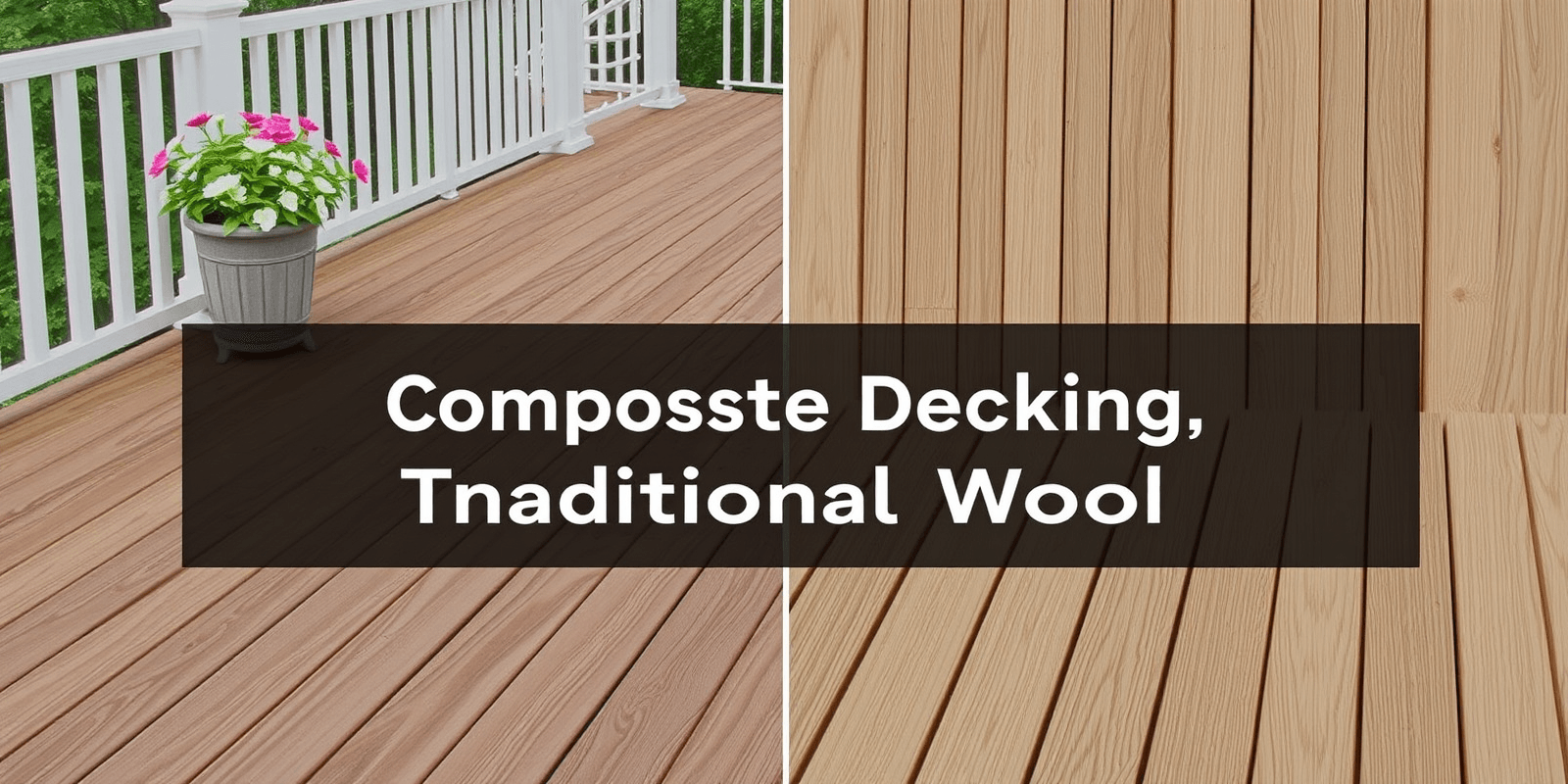The Eco-Friendly Choice: Gray Composite Decking
The Growing Need for Sustainable Building Materials
In recent years, the construction industry has seen a significant shift towards more sustainable practices. As awareness grows about the environmental impact of traditional building materials, consumers and businesses alike are seeking alternatives that reduce waste and minimize ecological footprints. Gray composite decking emerges as a prime candidate in this transition, offering an eco-friendly solution without compromising on aesthetics or durability.
Manufacturing Process: Turning Waste into Treasure
Gray composite decking is primarily composed of recycled materials, such as plastic bottles, milk jugs, and reclaimed wood fibers. This innovative manufacturing process not only diverts waste from landfills but also reduces the need for virgin raw materials. The production method involves blending these recycled components with resins and additives to create a durable, weather-resistant material that mimics the look and feel of natural wood. The use of recycled content in composite decking significantly lowers the carbon footprint associated with its creation, contributing to a greener planet.
Environmental Benefits Throughout the Lifecycle
The lifecycle of gray composite decking offers numerous environmental benefits, starting from its initial creation to eventual disposal. Unlike traditional wood decks that require frequent maintenance, including painting and sealing, composite decks are inherently resistant to moisture, insects, and rot. This resistance means less need for chemical treatments throughout their lifespan, further reducing the overall environmental impact. Additionally, composite materials do not splinter or warp over time, ensuring a longer service life and reducing the frequency of replacements.
Disposal and Recycling: A Greener Endgame
When it comes to disposal, gray composite decking presents a more sustainable option compared to traditional wood decking. While wood decks often end up in landfills where they decompose slowly and release methane, a potent greenhouse gas, composite materials can be recycled at the end of their useful life. Although current recycling technologies for composites are still developing, efforts are underway to improve the recyclability of these materials. Some manufacturers have already established programs to take back old composite decks for repurposing, ensuring that the materials can be reused rather than discarded.
Comparative Analysis: Sustainability vs. Traditional Wood
To fully appreciate the sustainability of gray composite decking, it’s essential to compare it with traditional wood options. Wood decks require regular maintenance using chemicals that can leach into soil and waterways, posing risks to local ecosystems. In contrast, composite decks offer a low-maintenance alternative that requires minimal intervention. Furthermore, the harvesting of timber for wood decking contributes to deforestation, which is a major driver of biodiversity loss and climate change. By choosing gray composite decking, consumers and builders can significantly reduce their environmental impact while enjoying a beautiful, long-lasting outdoor space.
Conclusion: Embracing a Greener Future
Gray composite decking stands out as a prime example of how innovation in materials science can address pressing environmental challenges. Its reliance on recycled materials, combined with its longevity and reduced need for maintenance, makes it an attractive choice for those looking to build sustainably. As we move towards a more eco-conscious future, embracing products like gray composite decking will play a crucial role in minimizing waste and preserving our natural resources.



